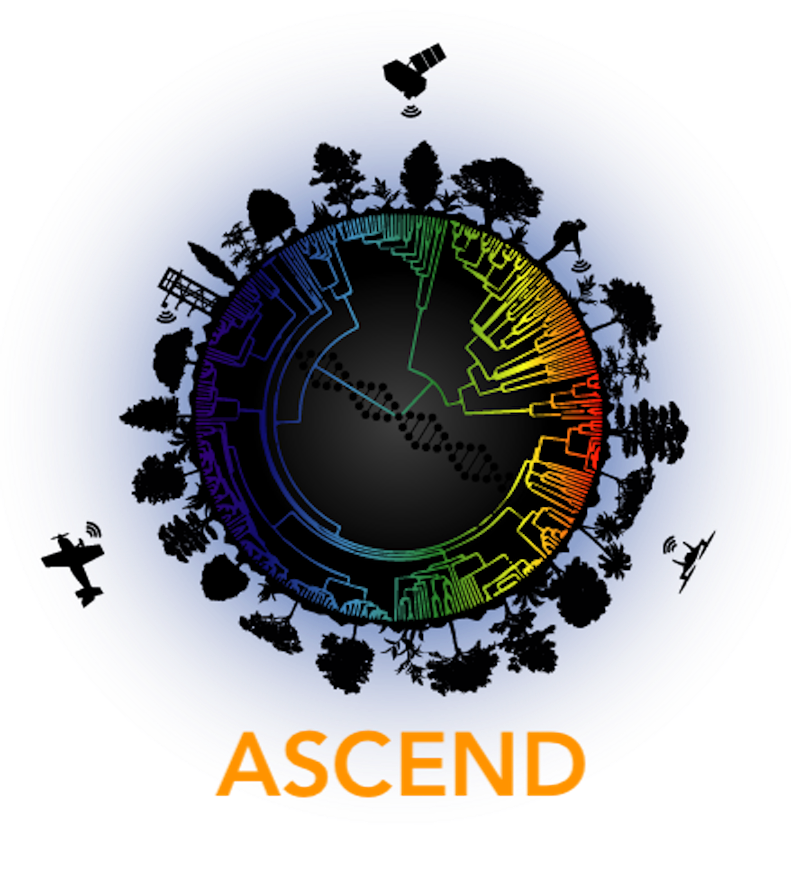NextGen: José Antonio Guzmán Quesada
Tell us about yourself
My name is Antonio, or Toño as some friends tend to call me. I am a Postdoctoral Associate in the Department of Ecology, Evolution, and Behavior at the University of Minnesota in the Cavender-Bares lab. I am from Costa Rica, raised in the diverse central pacific montane region of the country. My research interests lie in the integration of remote sensing and plant ecophysiology to deepen understanding ecosystems to have a meaningful and scaled impact on monitoring and managing biodiversity.
When did you know that you wanted to become a scientist?
I grew up with a deep appreciation for the gifts of Mother Earth thanks to the agricultural roots of my family. My attraction to STEM courses in high school, in conjunction with these roots, gave me the perspective of a vocation to nature. Thus, I chose to have a career as a biologist as a step towards adulthood. It was then during my undergraduate years where I was lucky to find a mentor who took me to the field and guided me on how to do research. As part of my undergraduate degree requirements, I was mentored to lead research where we evaluated the plasticity of growth and photosynthesis of endangered tree seedling species. This research was conducted in a national park close to my hometown where I had the feeling of belonging and retribution to Mother Nature. The experience of performing a research project and the vision that its outputs can be an important source of information for reforestation practices developed in me a spark to become a scientist.
What are the main research projects you work with in ASCEND?
I collaborate on different projects within ASCEND, but I am mostly focused on an inspiring project that aims to map changes in forest diversity and disease of the North American temperate forests. In this project, we use information collected from multispectral satellites to keep track of symptoms of a disease on oak trees that can help to guide local stakeholders in locating disease hotspots. Likewise, within this project, we use hyperspectral satellite observations to map tree forest communities using phylogenetic and functional approaches to map tree biodiversity at the large scale. Many tasks of this project have an important component of innovation by integrating biological knowledge (e.g., plant pathology, ecology, phylogenetic, or functional information) with remotely sensed information. Thus, the development of workflows and self-learning of tools are parts of my daily work.
How would you explain your research to someone who is not a scientist?
There are satellites floating in space that pass over our heads every single day to capture images of Earth. These images contain information on how trees or plant communities reflect sunlight. These satellite images store information in bands like any picture taken from a smartphone. However, unlike smartphones, satellite images can store information in multiple or hundreds of bands expanding different regions of light that can be seen or not by our eyes. We use this information in our research to identify if trees are dying from diseases like oak wilt disease or to identify what kind of tree species or community are present in a given location.
Antonio Gumán, postdoctoral researcher at the University of Minnesota, demonstrates that each pixel in an airborne spectroscopic image contains a reflectance spectrum.
Rendering of an image cube from airborne spectroscopic data retrieved from the Forest and Biodiversity experiment at Cedar Creek Ecosystem Science Reserver
What are your hobbies and preferred activities when you are not doing science?
I truly enjoy spending time with my family. In recent years, my little son has imposed on me a joyful activity of playing pretend (e.g., pretending to be a chef, doctor, builder, etc), which I find therapeutic after a day of work. In leisure time, I enjoy reading blogs or news on science and technology. I also enjoy landscape photography when I am outdoors.


